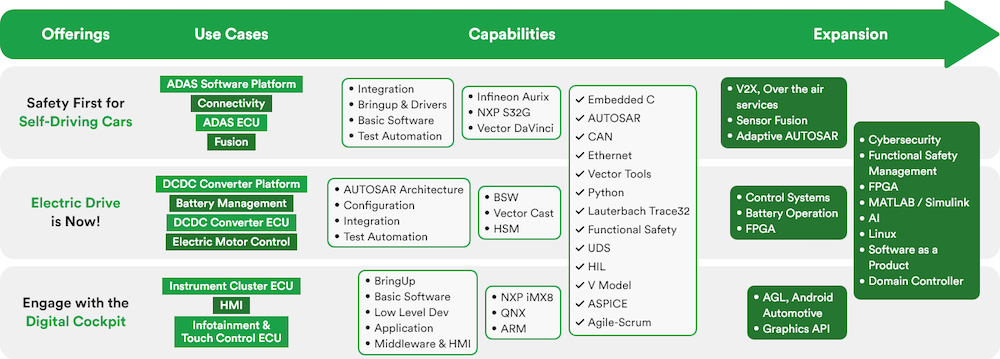
Software Defined Vehicles (SDVs): Evolution, Challenges and Future Outlook
This article delves into the intricacies of Software Defined Vehicles, exploring their evolution, key components, and the challenges faced in transitioning from traditional cars.






